How To Care For Hibiscus Plant
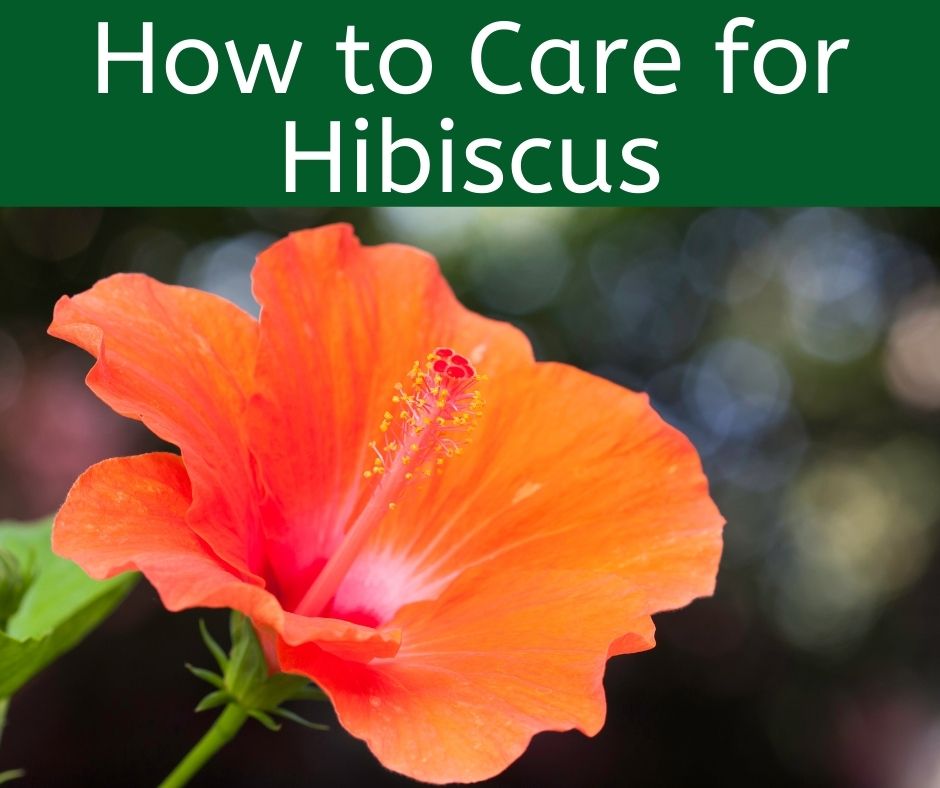
The vibrant hibiscus, with its flamboyant blooms and tropical allure, captivates gardeners and homeowners alike. However, achieving those picture-perfect blossoms requires more than just wishful thinking. Many encounter frustration when their hibiscus fails to thrive, often due to misunderstandings about its specific needs.
This article serves as a comprehensive guide to hibiscus care, detailing optimal growing conditions, essential maintenance practices, and troubleshooting common problems. From sunlight requirements and watering techniques to fertilization strategies and pest control, we will equip you with the knowledge necessary to cultivate healthy, flowering hibiscus plants, regardless of your experience level. Understanding these factors is key to unlocking the full potential of this stunning plant.
Understanding Hibiscus Needs
Hibiscus plants are not all created equal. Different species and cultivars have varying requirements. Tropical hibiscus (Hibiscus rosa-sinensis) thrives in warm climates, while hardy hibiscus (Hibiscus moscheutos) can tolerate colder temperatures.
Knowing which type you have is the first step to providing appropriate care. Consider the plant's origin. This information often provides clues about its preferred conditions.
Sunlight: The Key to Blooming
Hibiscus are sun-loving plants. They need at least six hours of direct sunlight per day to produce abundant blooms. Insufficient sunlight leads to leggy growth and fewer flowers.
If you're growing hibiscus indoors, place it near a sunny window. Rotate the plant regularly to ensure even exposure. Supplemental lighting may be necessary, especially during winter months.
Watering: Finding the Right Balance
Watering is crucial, but overwatering is a common mistake. Hibiscus prefers moist, well-drained soil. Allow the top inch of soil to dry out between waterings.
During hot weather, you may need to water daily. Reduce watering frequency during cooler periods. Always check the soil moisture before watering. Consider using a moisture meter for accuracy.
Soil and Nutrients: Fueling Growth
Hibiscus thrives in well-draining soil that is rich in organic matter. A slightly acidic pH (around 6.0 to 6.5) is ideal. Amend heavy clay soils with compost or peat moss to improve drainage.
Fertilize regularly during the growing season (spring and summer). Use a fertilizer specifically formulated for hibiscus. Look for a balanced fertilizer with micronutrients.
Avoid over-fertilizing, as this can lead to salt buildup in the soil. Follow the instructions on the fertilizer label carefully. Flush the soil periodically to remove excess salts.
Essential Maintenance Practices
Proper maintenance ensures your hibiscus remains healthy and productive. Pruning, repotting, and pest control are all essential aspects of hibiscus care. Regular inspection is also very important.
Neglecting these tasks can lead to problems down the road.
Pruning: Shaping and Encouraging Blooms
Pruning encourages branching and promotes more blooms. The best time to prune hibiscus is in late winter or early spring, before new growth begins. Remove any dead, damaged, or crossing branches.
Pinch back the tips of new growth to encourage bushier growth. Avoid pruning heavily during the flowering season. Deadheading spent flowers encourages the plant to produce more blooms.
Repotting: Providing Space to Grow
Repot hibiscus every one to two years, or when the plant becomes root-bound. Choose a pot that is slightly larger than the previous one. Use a well-draining potting mix.
Repotting provides fresh nutrients and allows the roots to expand. Gently loosen the root ball before repotting. Avoid damaging the roots during the process.
Pest and Disease Control: Protecting Your Plant
Hibiscus can be susceptible to pests such as aphids, spider mites, and whiteflies. Inspect your plant regularly for signs of infestation. Treat infestations promptly with insecticidal soap or neem oil.
Preventing pest problems is easier than curing them. Maintain good air circulation around the plant. Avoid overwatering, as this can create conditions favorable for disease.
Fungal diseases can also affect hibiscus, especially in humid conditions. Use a fungicide to treat fungal infections. Ensure proper drainage to prevent root rot.
Troubleshooting Common Problems
Even with the best care, hibiscus can sometimes encounter problems. Yellowing leaves, bud drop, and lack of flowering are common issues. Understanding the causes and solutions can help you keep your hibiscus healthy. Observing the problem early is key.
Yellowing Leaves: Identifying the Cause
Yellowing leaves can be caused by several factors, including overwatering, underwatering, nutrient deficiencies, and pest infestations. Check the soil moisture and adjust watering accordingly. Fertilize the plant to address nutrient deficiencies. Inspect the plant for pests.
In some cases, yellowing leaves may be a sign of a more serious problem. Consult a plant expert if the problem persists.
Bud Drop: Preventing Premature Loss
Bud drop is a frustrating problem for hibiscus growers. It can be caused by sudden changes in temperature, overwatering, underwatering, and lack of sunlight. Maintain consistent growing conditions. Provide adequate sunlight and water appropriately.
Avoid moving the plant when it is budding. This can stress the plant and cause the buds to drop.
Lack of Flowering: Encouraging Blooms
Lack of flowering can be caused by insufficient sunlight, over-fertilizing with nitrogen, and improper pruning. Ensure the plant receives at least six hours of direct sunlight per day. Use a fertilizer with a higher phosphorus content to encourage blooming.
Avoid excessive pruning during the flowering season. Deadhead spent flowers regularly to encourage more blooms.
Looking Ahead: The Future of Hibiscus Care
Advances in horticulture are continually improving our understanding of hibiscus care. New cultivars are being developed that are more disease-resistant and require less maintenance. Research into optimal growing conditions is ongoing. Understanding the nuances of care specific to these cultivars remains important.
The future of hibiscus care involves a more sustainable approach. Organic gardening practices are becoming increasingly popular. Using natural fertilizers and pest control methods helps to protect the environment. Embracing these practices is crucial for the long-term health of our plants and our planet.
By understanding the specific needs of your hibiscus and implementing these care tips, you can enjoy the beauty and vibrancy of these stunning plants for years to come. Always be ready to adjust your approach based on how your plant responds.





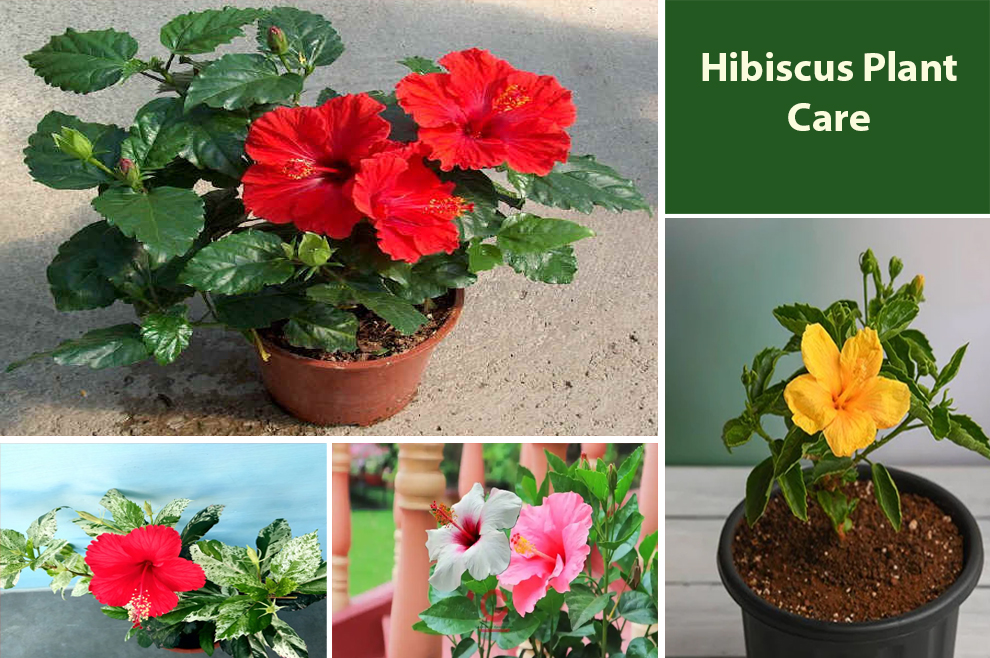


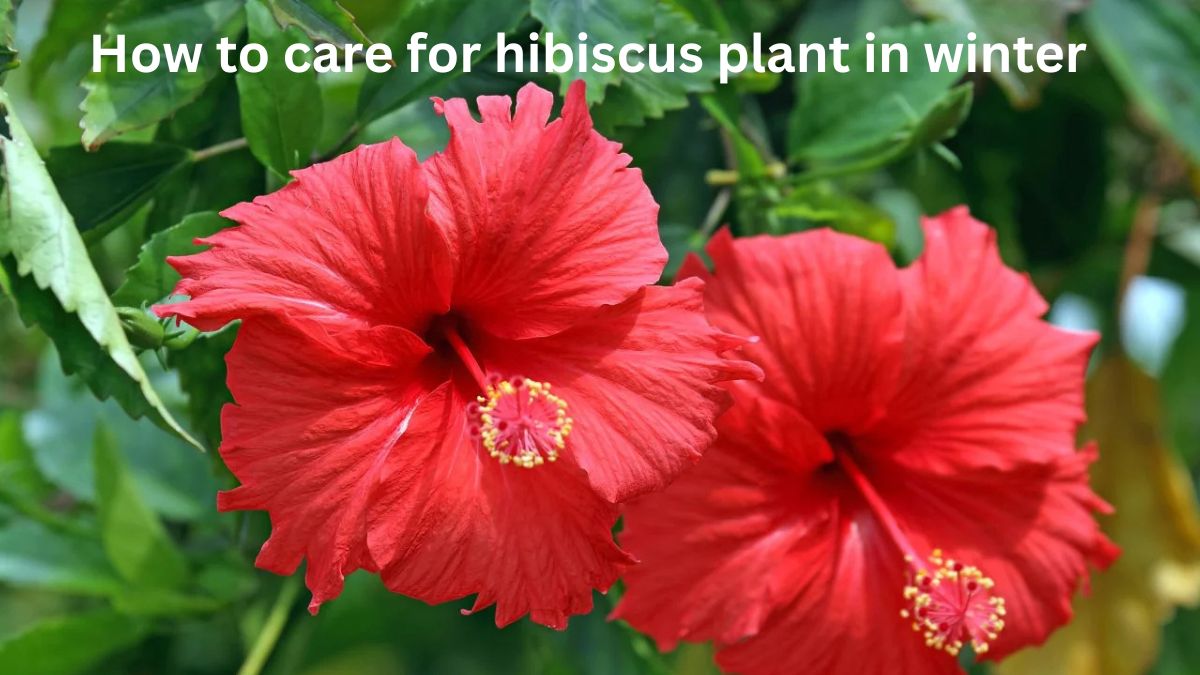


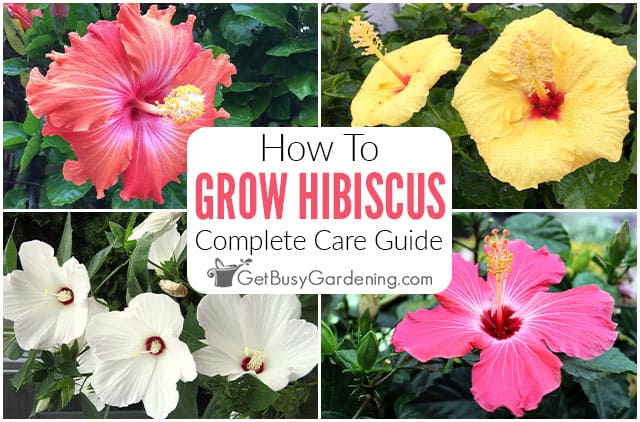
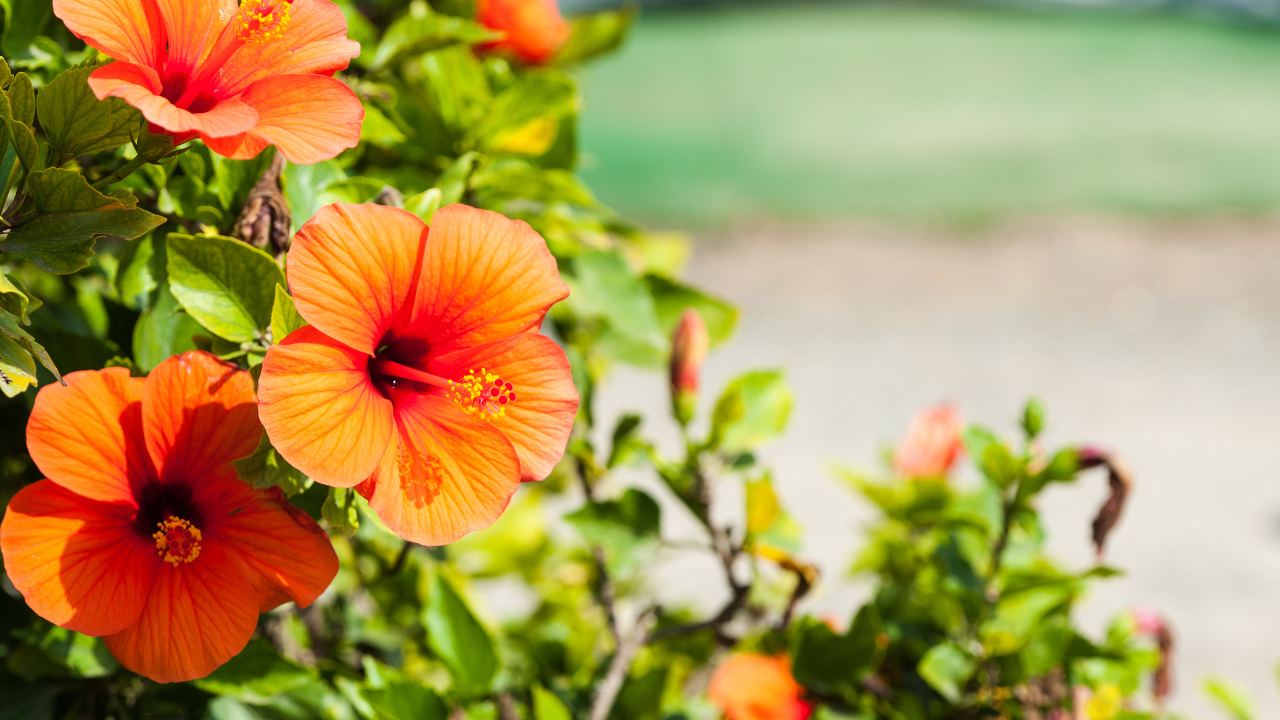
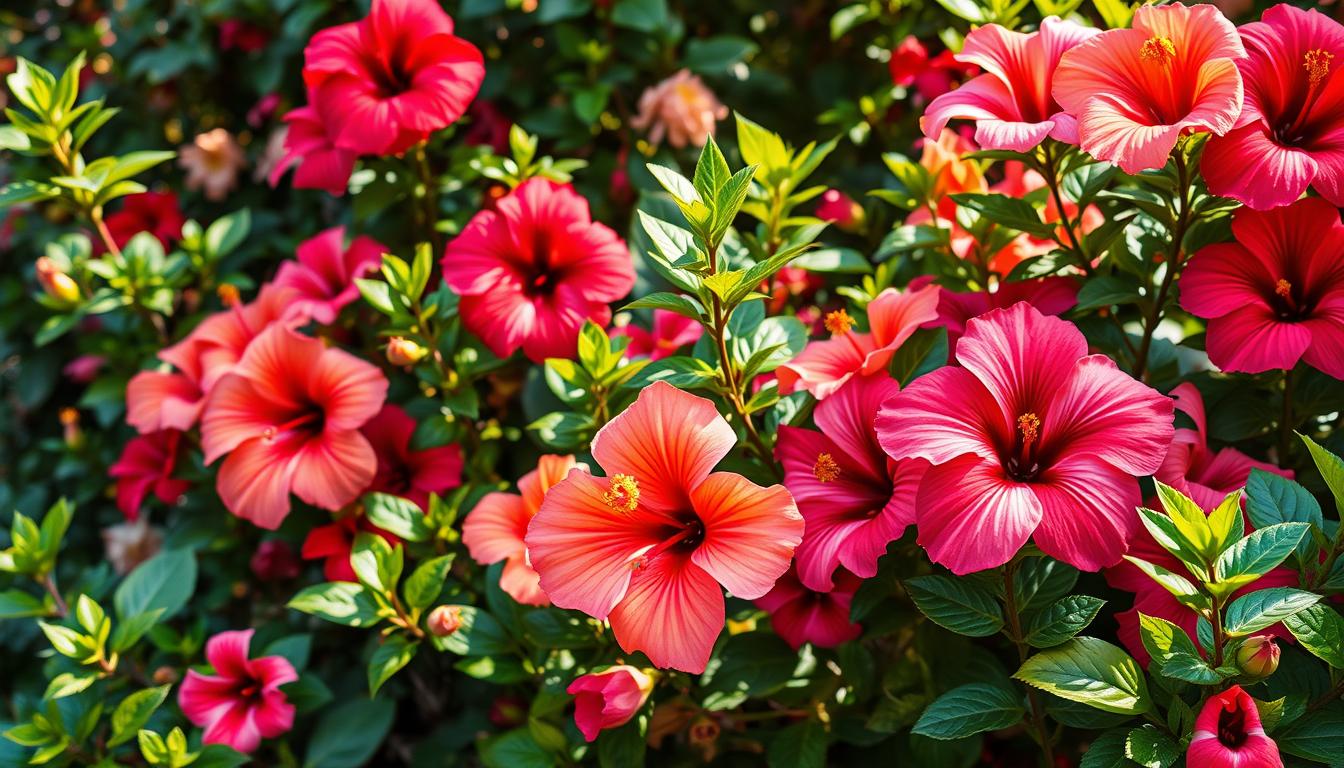
:max_bytes(150000):strip_icc()/hardy-hibiscus-plants-2132719-01-7a11cd2370c440a4989a68c8d0a7b7ad.jpg)



